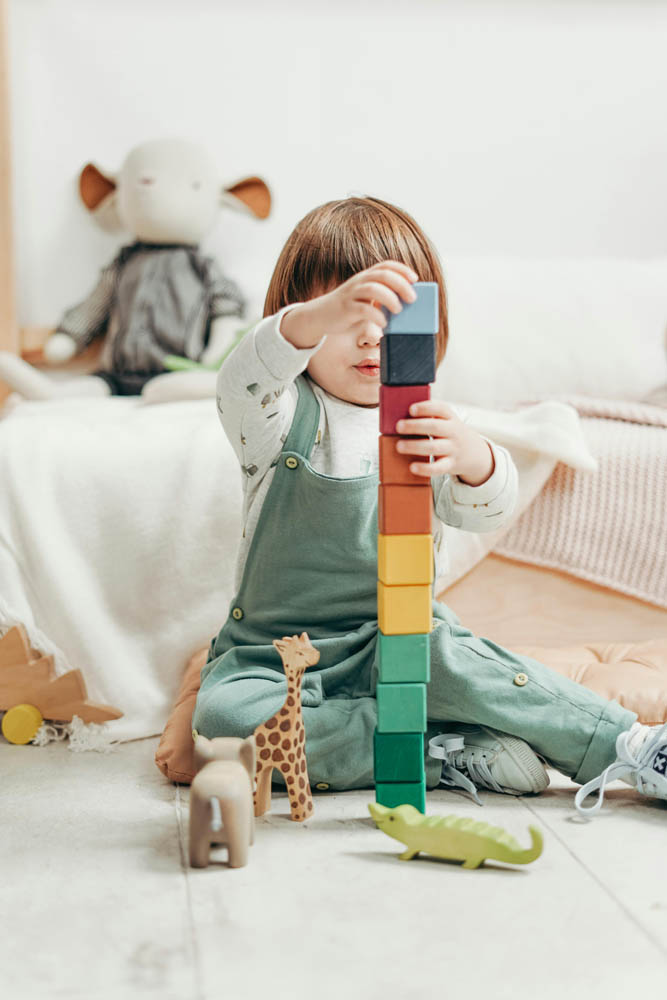How To Organize A Playroom Using The Montessori Method
In the world of professional organizing, creating functional and harmonious spaces for kids involves understanding and embracing different methodologies depending on what is best for the client (even if they are tiny) and the situation. One such approach, and one that a fresh space embraces, is the Montessori method which is perfect for kids and honestly adults as well. In this guide, we’ll explore how the Montessori method aligns with professional organizing principles, transforming playrooms and bedrooms into enriching environments for children.
Of course the first step is always the editing process which involves pulling everything out down to the last tiny doll shoe or Lego, then sorting the like categories. Once this is done, it’s time to weed out all of the outgrown or broken items, donate anything that is in good shape but not being used, and bin up and store memories or items for the next child Once this is done, follow along for the Montessori process.
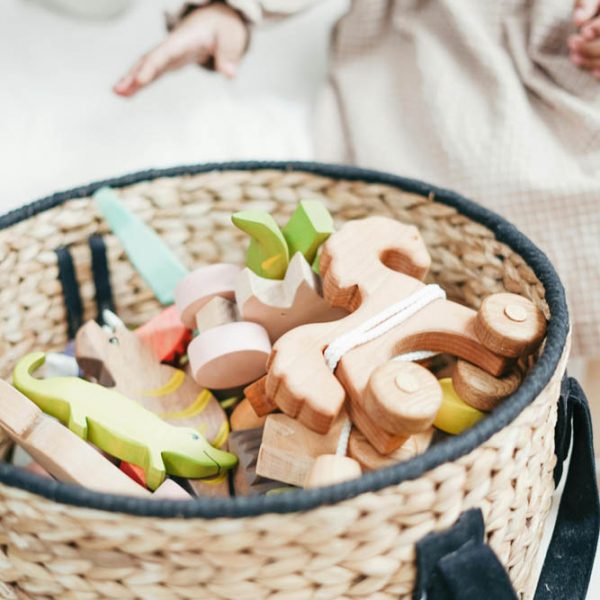
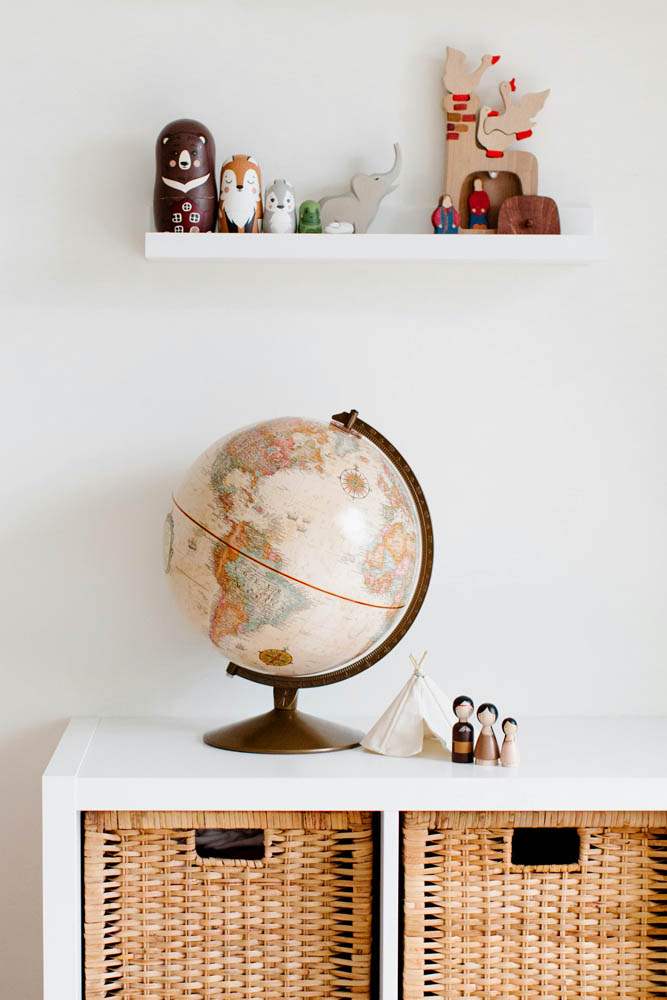
The Montessori Method
1. Child-Centric Organization
At the core of the Montessori method is the belief that the environment should be child-centric. Apply this principle to playrooms and bedrooms by organizing spaces with the child’s needs, interests, and developmental stage in mind. Sometimes we find all sorts of decor, zones, or organizing products that aren’t really needed or wanted by the kids in the space even if they don’t know how to articulate this. Our focus is to make sure everything in the space really serves the needs of the person using it.
2. Low, Accessible Shelving
Opt for low, open shelving that allows children to access their toys and materials independently. This not only fosters a sense of autonomy but also encourages responsibility and decision-making. Ideally kids can get their things out AND put them away. The more doors or drawers there are, the more likely it is things won’t be used or put away.
- Pro tip: if taller storage is used, please always be sure to add anti-tip child safety so these pieces are secured to the wall.
3. Minimalism and Purposeful Selection
Organizing A Playroom Using The Montessori Method
4. Everything in Its Place
Maintaining an organized space is possible when everything has a designated place. This aligns with the Montessori principle of creating order and predictability in the environment, supporting children’s understanding of where to find and return items. Clear labels in both pictures & writing can be very useful and help with reading comprehension.
5. Inviting Learning Spaces
Designate specific areas or zones for different types of play and learning. Create inviting corners for reading, art, and other activities, ensuring that each space is well-organized with appropriate materials readily available. This makes it really easy to tidy up as well because you can clearly state where bits and pieces need to go back! Typical zones we set up are play kitchen, reading nook, arts & crafts, dress up, pretend play, games & puzzles, and manipulatives like Legos or blocks.
6. Easy Access Storage Containers
Utilize open storage containers or easy open bins for toys and materials. This makes it easy for children to see and access what’s inside, promoting independence and a sense of order. Clear containers and open top labeled bins help keep things tidy and accessible.
7. Rotation of Toys and Materials
Implement a rotation system for toys and materials. This aligns with the Montessori idea of presenting a limited selection of items to maintain interest and engagement. Rotate toys periodically to keep playrooms fresh and exciting. We often store these in attics or guest room closets with the contents clearly labeled.
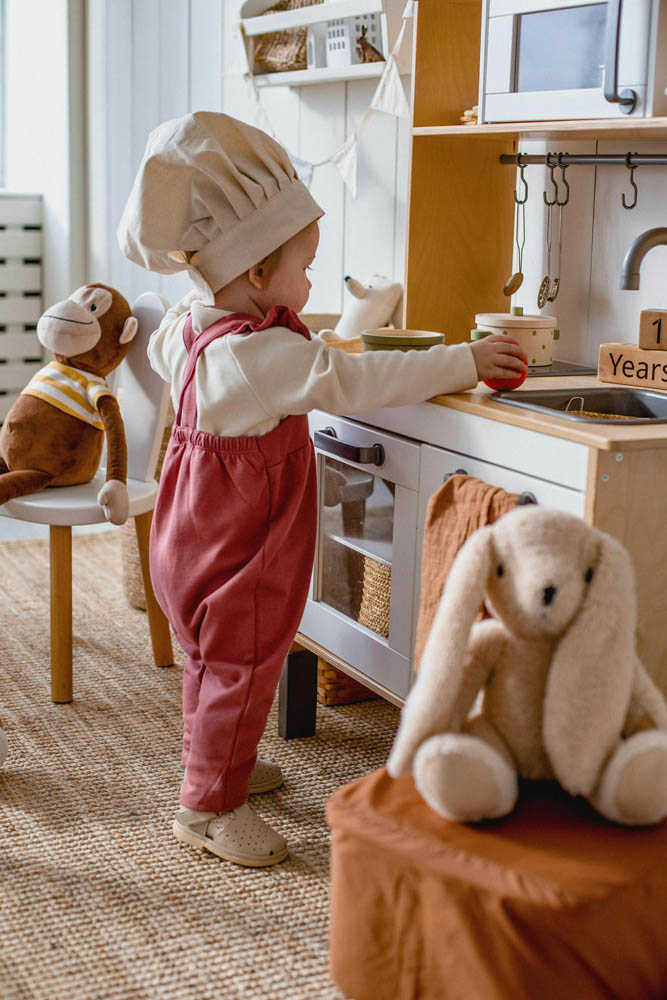
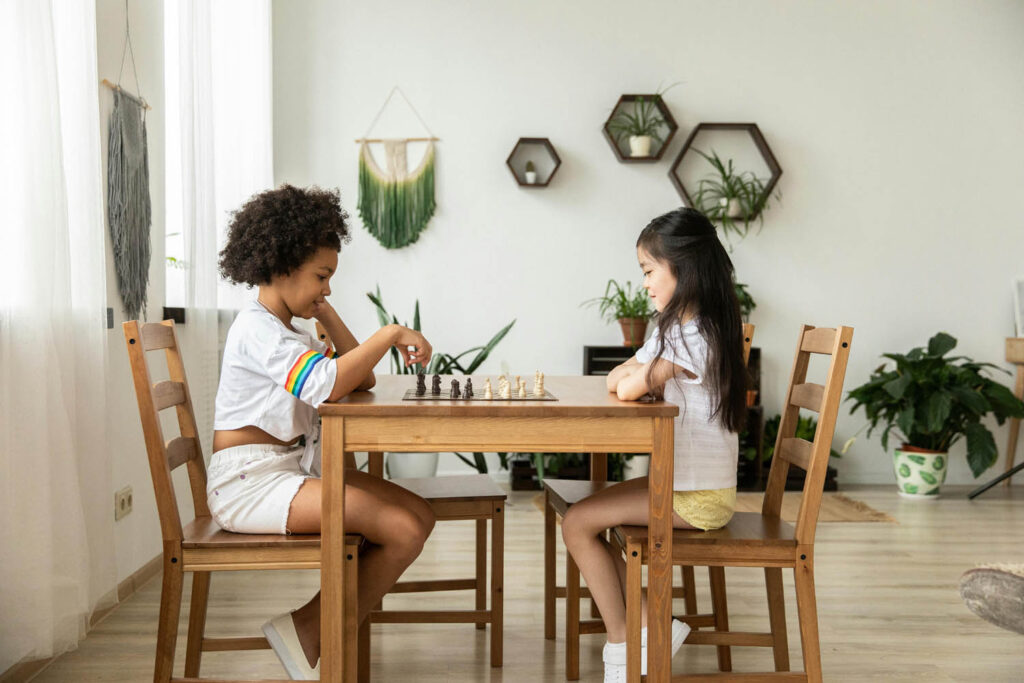
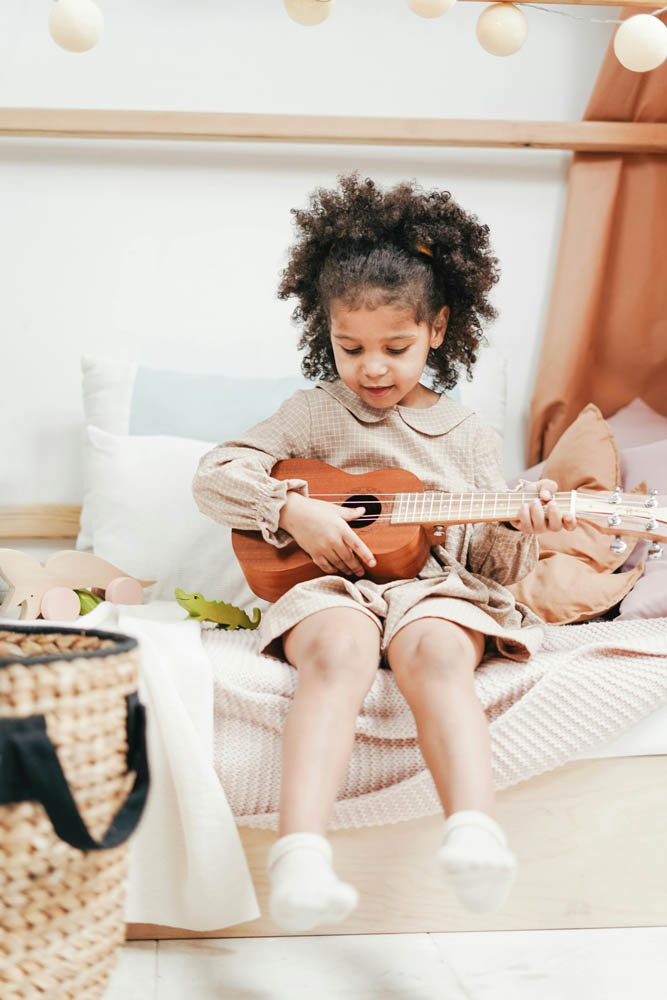
Organizing A Playroom Using The Montessori Method
8. Child-Sized Furniture
Choose child-sized furniture to create a comfortable and accessible environment. From tables and chairs to shelves and beds, having furniture proportional to a child’s size fosters independence and a sense of ownership.
9. Natural Materials and Neutral Colors
Emphasize the use of natural materials and neutral colors. The Montessori method values simplicity and a connection to nature. Choose furniture, bedding, and decor that align with these principles, creating a calming and inviting atmosphere. Scandinavian design is often a great fit for these types of spaces. Some of our favorites are Sprout Kids, RAD, Crate & Kids, and Ikea.
10. Respect for the Child's Pace
Organize the space to respect the child’s pace of exploration and learning. Allow for unhurried, self-directed activities, reinforcing the Montessori philosophy of providing a supportive environment for each child’s unique development. This also means having respect for the child’s interests as it’s really easy to fall into the trap of things they should be interested in or that interest you but aren’t really something the child wants to explore.
11. Tidying as a Learning Activity
Encourage children to participate in tidying up their playrooms and bedrooms. Make the process a learning activity by involving them in maintaining order and taking responsibility for their environment. Having clear systems in place with zones and labels really helps this process and ideally it can be fun as well as self directed.
Organizing a Playroom Using The Montessori Method
Incorporating the Montessori method into organizing kids’ playrooms and bedrooms goes beyond aesthetics; it’s about creating an environment that supports a child’s natural curiosity, independence, and love for learning. By aligning professional organizing principles with the Montessori philosophy, we create spaces that nurture happy, engaged, and empowered children. Happy organizing!

